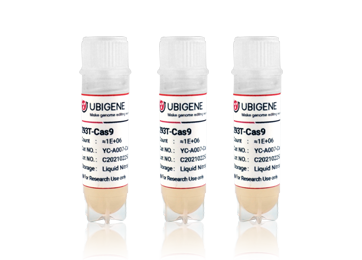×
 Subscribe Us
Subscribe Us
By subscription, you consent to allow Ubigene Biosciences to store and process the information
provided above to deliver the latest news, research spotlight, and promotions. You can unsubscribe
from these communications at anytime.
 Gene Editing Services
Gene Editing Services
Ubigene has modified over 5000 genes from more than 200 cell lines with our exclusive innovation CRISPR-U™ technology. At the same time, we already provide customers with high quality gene-editing tools for cell or animal research worldwide.
 EZ-editor™
EZ-editor™Gene-editing Series Products
With 14 years of experience, Ubigene has exclusively innovated and developed 6 product lines, fullfilling all kinds of needs from researchers. Experiment process simplified, efficiency improved, achieving our aim of 'Make genome editing easier'!
 Red Cotton Gene knockout Project
Red Cotton Gene knockout Project
Ubigene exclusive KO Cell Line Bank, over 5000 KO cell lines, covering thousands of genes from 8 popular signaling pathways and nearly 100 diseases.














